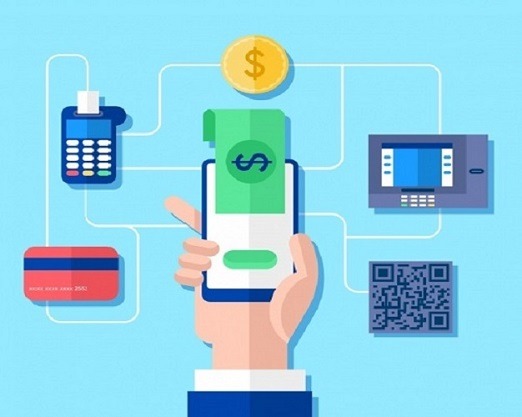5 Questions about Payment Tokenization
PCI DSS has established strict rules that any business (regardless of size or industry) that comes into contact with credit cards must follow in order to help maintain a safe and healthy ecosystem. Sensitive data must not be stored as part of the remaining PCI-compliant. Payment tokenization comes into play here.

1. What is it?
The primary goal of tokenization is to keep customer payment information using an online payment gateway out of the hands of thieves. Tokenization reduces the amount of sensitive data a company keeps on hand by replacing it with a virtual token: a one-of-a-kind string of numbers. Instead of sensitive customer information, merchants store and distribute a token. Transactions can be processed while sensitive information is kept hidden from prying eyes thanks to tokenization.
2. How does it work?
Tokenization replaces sensitive information with a token. Credit card numbers, for example, are replaced with a token that is a randomly generated number that mirrors the format of a credit card number. On the back end, the token is stored in your database, but on the front end, it is a masked credit card number containing only the last four digits of the card (**** **** **** 1234). Tokens aid in the protection of customers' sensitive data both during the purchase process and in subsequent transactions.
3. What is it used for?
Mobile payments
Tokenization secures any payment made with a digital wallet via NFC, whether made with an Apple Watch or a smartphone.
Customers enter and save their credit card information into the digital wallet.
Tokenization ensures that the information is saved in such a way that, once enabled, consumers can simply pay with a tap, but no actual sensitive information is saved.
eCommerce transactions
Tokenization allows data to be saved as a token that can be used for future purchases when customers create an account and save payment information on an online shopping site. Customers identify the card by the last four digits even though the full card number is not displayed.
On the merchant's website, the customer enters and saves their payment information.
The merchant receives a customer profile and token that have been created.
In order to process future purchases, the merchant sends the token to the gateway.
Recurring payments
Tokenization has paved the way for the emergence of recurring billing models. Tokenization facilitates automatic payments if you have ever signed up for subscription-based services.
Customer card information is tokenized and saved, ready to be used in future transactions.
Customers who subscribe to a recurring billing plan are automatically billed at the end of each billing cycle.
Payments within apps
Tokens are used to make payments within apps using the best online payment gateway India. Customers can save payment information, but the apps will never see it because they only have access to tokens.
4. Why is it safer?
Tokens have no meaning on their own and have no value to criminals if they obtain them. The tokens are generated at random rather than mathematically, and there is no algorithm to recover the original card number unless you have the original key used to create the token. This means that even if thieves obtain the tokens, they will be unable to use them because they do not have access to sensitive credit card information.
5. What’s the difference between tokenization and encryption?
While tokenization replaces sensitive data with a virtual token, end-to-end encryption encrypts sensitive data as it enters and exits merchant systems.
Both security features work toward the same goal: reducing the scope of PCI compliance and the amount of sensitive data stored on a merchant's systems. End-to-end encryption is used in traditional terminals in brick and mortar stores, whereas tokenization is used in online and digital transactions.
Tokenization is critical to keeping payment information safe in online and digital environments as EMV (chip cards) continue to combat in-store fraud. While tokenization alone is not sufficient for merchants to be fully PCI-compliant, it is a significant part of reducing the scope and protecting both your business and your customers' data.
Post Your Ad Here
Comments